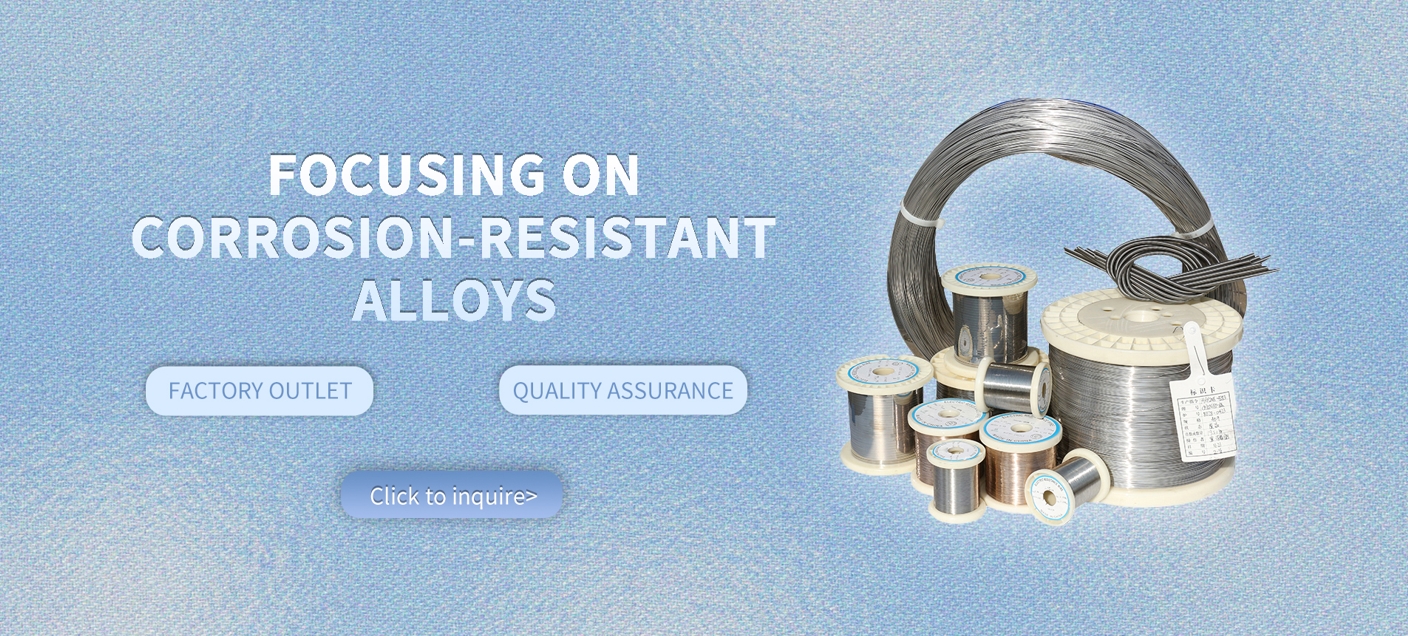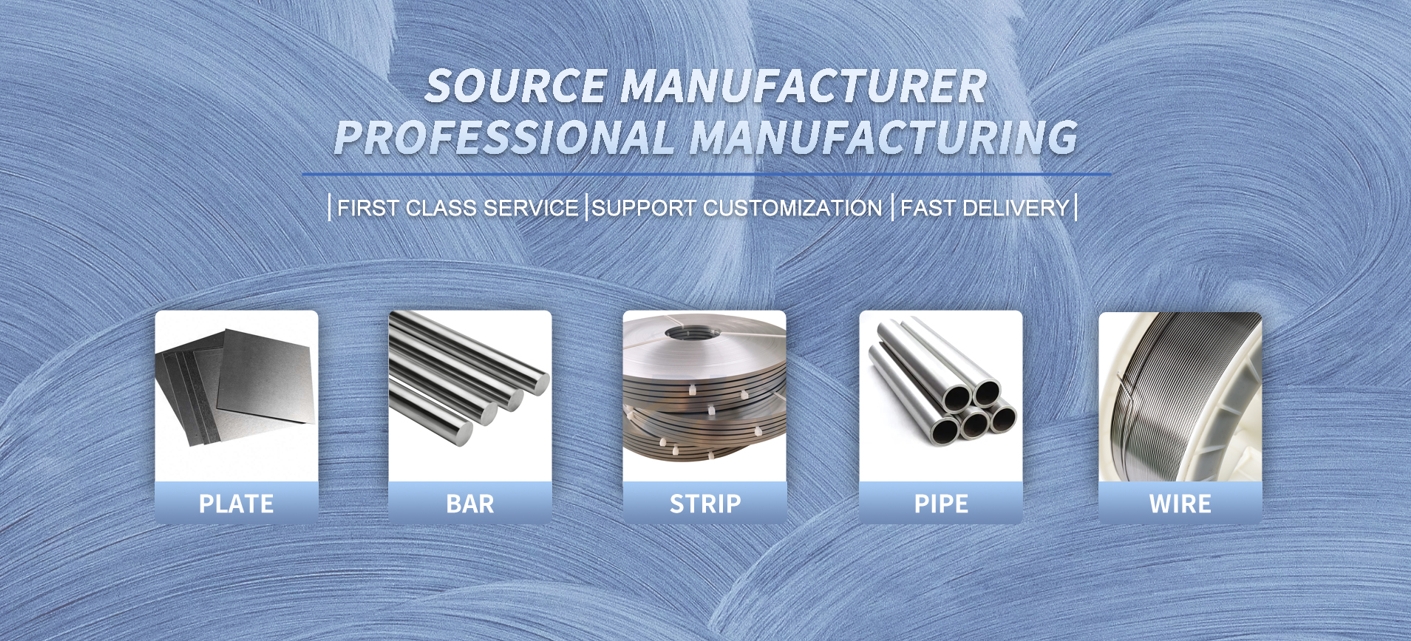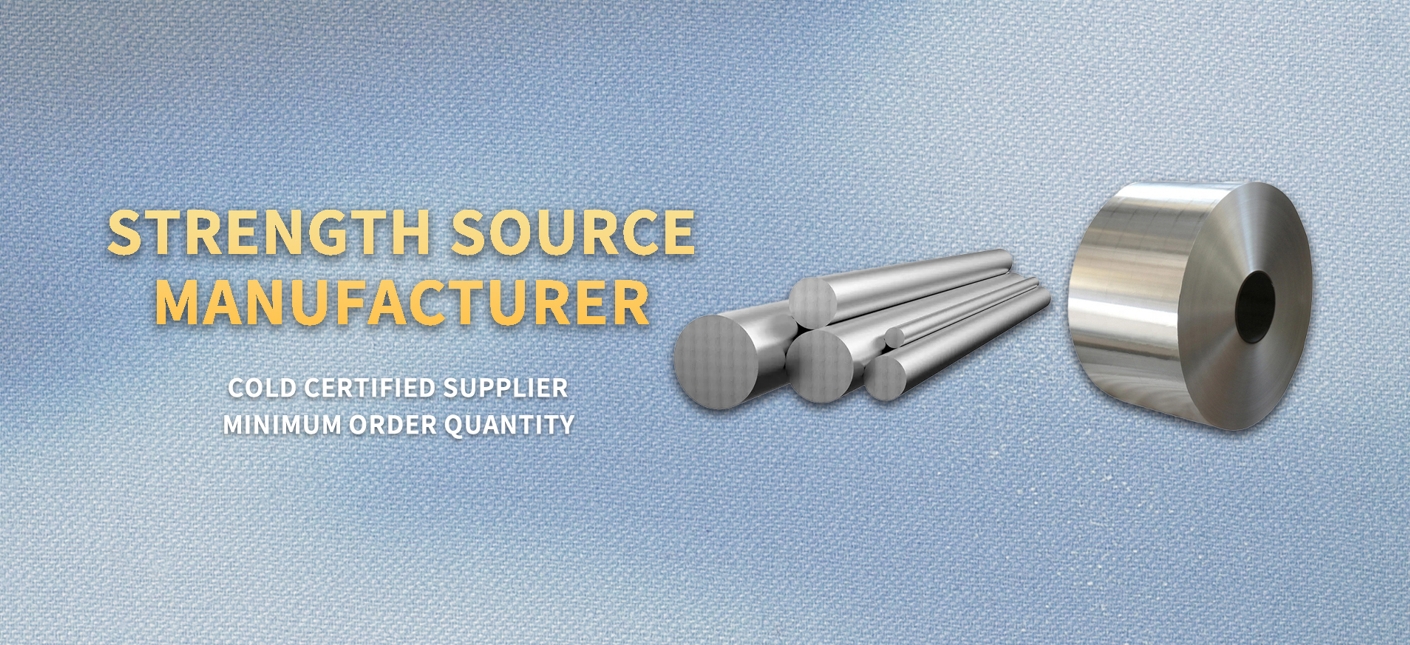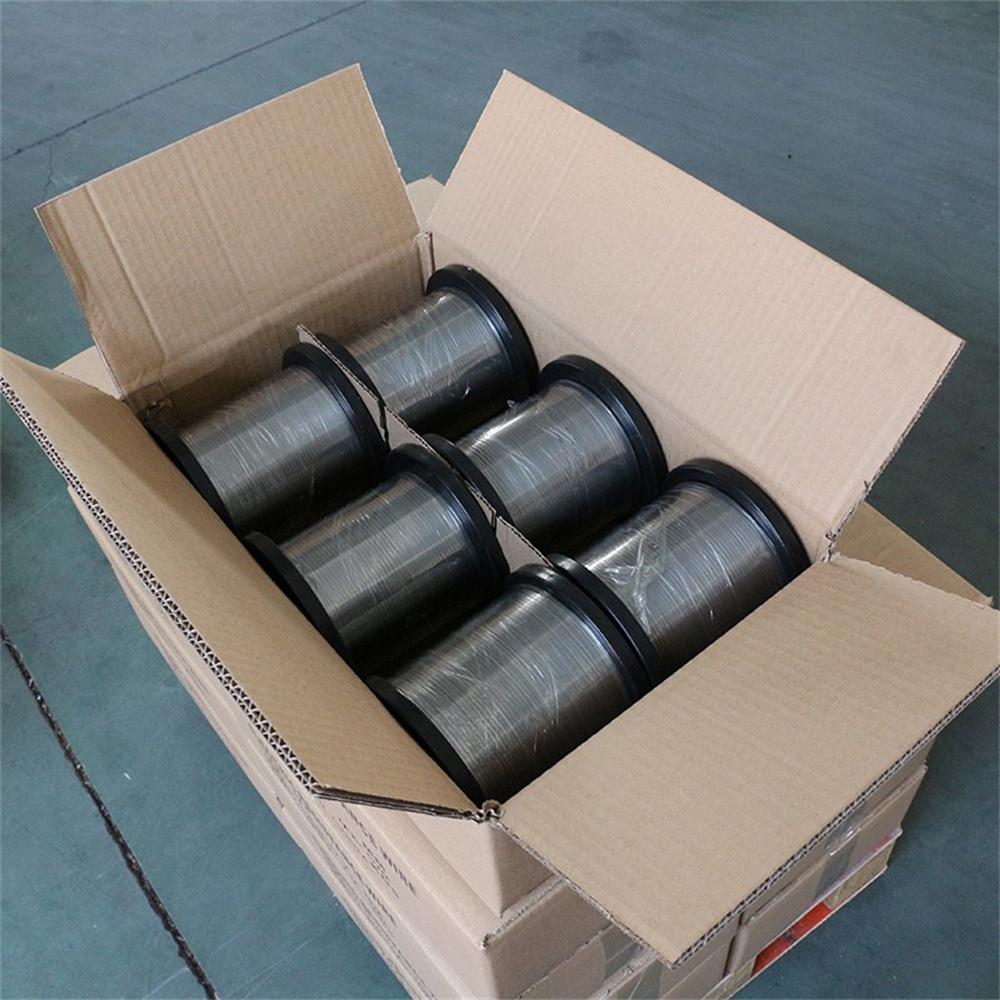Monel K500 Wire: High-Strength Nickel-Copper Alloy for Marine Applications
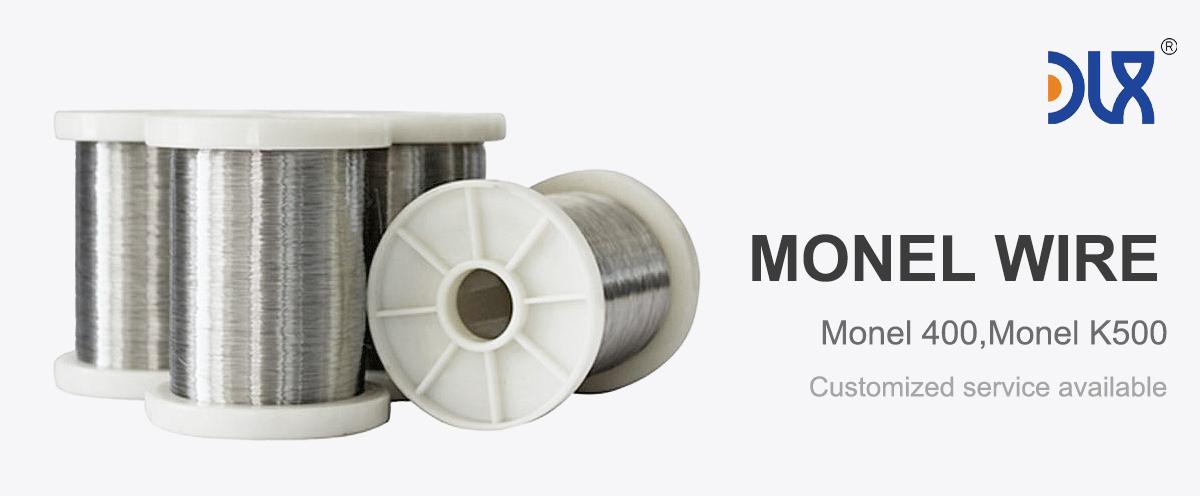
We're thrilled to talk about our Monel K500 wire, a high-performance nickel-copper alloy wire that's built to tackle the toughest marine environments. This isn't just any wire—it's a powerhouse material designed for applications where strength, durability, and corrosion resistance are non-negotiable. Whether you're outfitting a ship for rough seas or setting up an offshore platform, our Monel K500 wire delivers the reliability you need to keep things running smoothly. With its unique blend of properties, this wire is a game-changer for marine engineering and beyond, and we're proud to offer it as a cornerstone of our product lineup.
Let's break down what makes our Monel K500 wire stand out. At its core, Monel K500 is a nickel-copper alloy, roughly 65% nickel and 30% copper, with a strategic addition of aluminum and titanium. These extra elements give it a serious edge, boosting its strength through age-hardening while keeping the corrosion resistance that the Monel family is known for. We're talking tensile strength up to 160 ksi and yield strength reaching 110 ksi—numbers that make it one of the toughest wires out there for marine applications. It stays non-magnetic, which is a big plus for sensitive equipment, and it performs like a champ across a wide temperature range, from -200°F to a scorching 1200°F. Whether it's freezing ocean depths or high-heat industrial settings, our Monel K500 wire holds its own.
For more details, pls directly contact us.
Corrosion resistance is where this wire really shines, especially in marine environments. Saltwater, brine, and even acidic conditions don't faze it. Monel K500 resists pitting, crevice corrosion, and stress corrosion cracking, which are common headaches in offshore rigs or ship components. We've seen it outperform expectations in real-world tests, lasting over 12,000 hours in seawater exposure with minimal degradation. This makes it perfect for propeller shafts, anchor cables, and marine fasteners that face constant exposure to harsh elements. It's also a top pick for chemical processing, handling acids like hydrofluoric and sulfuric without breaking down. If you're looking for Monel K500 wire for marine applications, you can count on it to reduce maintenance and extend service life, saving you time and money.
Parameter:

Item | Ni | Cu | Fe | Mn | C | Si | S |
≥63 | 28-34 | ≤2.5 | ≤2 | ≤0.3 | ≤0.5 | ≤0.025 |
Item | Ni | Cu | Al | Ti | Fe | Mn | S | C | Si |
Monel K500 | ≥63 | 27-33 | 2.3-3.15 | 0.35-0.85 | ≤2 | ≤1.5 | ≤0.01 | ≤0.25 | ≤0.5 |
Item | Density | Melting point | Tensile Strength | Yield Strength | Elongation | HB |
Monel 400 | 8.83 g/cm3 | 1300-1390℃ | 480 | 170 | 35% | ≥331 |
Item | Density | Melting point | Tensile Strength | Yield Strength | Elongation |
Monel K500 | 8.05 g/cm3 | 1288-1343℃ | 1100 | 790 | 20% |
Monel 400 | Bar / Rod | Forging | Pipe | Sheet / Strip | Welding Wire |
Standard | ASTM B164 | ASTM B564 | ASTM B165 | ASTM B127 | ErNiCu-7 |
Monel K500 | Bar/Rod | Forging | Pipe | Sheet/Strip | Welding Wire |
Standard | ASTM B864 | AMS4676 | ASTM B865 | ASTM B564 | ErNiCu-7 |
For more details, pls directly contact us.
Now, let's zoom out and look at the bigger picture with some industry analysis. The marine sector is evolving fast, and materials like our Monel K500 wire are at the heart of it. Global demand for high-strength alloys is climbing, driven by trends like offshore wind farms, deep-sea oil exploration, and stricter environmental regulations. The marine industry alone is expected to grow at a 4-6% CAGR through 2030, with a push toward sustainable, low-maintenance materials. Monel K500 fits right in, offering durability that cuts down on replacements and repairs, which is critical as companies aim to reduce their environmental footprint. We're also seeing growth in renewable energy applications, like tidal and wave energy systems, where corrosion-resistant wires are a must. Add to that the rise of autonomous underwater vehicles (AUVs) and subsea infrastructure, and it's clear why high-performance materials are in such high demand. Regions like Asia-Pacific and Europe are leading the charge, with heavy investments in shipbuilding and offshore energy.
When it comes to applications, our Monel K500 wire is as versatile as it gets. In marine settings, it's a go-to for heavy-duty components like mooring cables, valve stems, and pump shafts. Its high strength-to-weight ratio makes it ideal for high-stress parts that need to stay lightweight, like springs in underwater robotics. Beyond marine, it’s used in oil and gas for downhole equipment, where it handles sour gas and high-pressure conditions without cracking. In chemical plants, it’s a favorite for heat exchanger wires and process piping, thanks to its resistance to aggressive chemicals. We've even supplied it for aerospace applications, like control cables in coastal aircraft, where its non-magnetic properties prevent interference. The best part? We can customize the wire’s diameter, temper, and finish to match your exact needs, whether you want ultra-fine wires for precision work or heavy-gauge options for structural support.
What really sets our company apart is how we produce and deliver Monel K500 wire. We don’t just meet industry standards—we exceed them. Our wire is manufactured to ASTM B865 specs, with rigorous quality checks at every step, from alloy composition to final testing. We use advanced cold-drawing and age-hardening processes to ensure uniform strength and surface quality, reducing the risk of defects that could lead to failures at sea. Compared to standard offerings, our Monel K500 wire boasts superior fatigue resistance and tighter tolerances, thanks to our proprietary heat treatment techniques. Sustainability is a big focus too—we incorporate recycled nickel to lower our environmental impact without sacrificing performance. Our customers love our flexibility; we offer rapid prototyping, custom spooling, and just-in-time delivery to keep your projects on track. Plus, our team of metallurgists is always ready to provide technical support, whether you’re designing a new marine system or troubleshooting a challenging environment.
Comparison Parameters Table
| Parameter | Monel K500 Wire | Monel 400 Wire | Stainless Steel 316 Wire |
|---|---|---|---|
| Composition | 65% Ni, 30% Cu, 2-3% Al, 0.5% Ti | 63% Ni, 28-34% Cu | 16-18% Cr, 10-14% Ni, 2-3% Mo |
| Density (g/cm³) | 8.44 | 8.8 | 8.0 |
| Tensile Strength (ksi) | 140-160 | 70-85 | 75-90 |
| Yield Strength (ksi) | 90-110 | 25-50 | 30-40 |
| Corrosion Resistance | Excellent in seawater, acids; resists pitting and stress cracking | Excellent in seawater, acids; slightly less in extreme conditions | Good in chlorides, but prone to pitting in seawater |
| Temperature Range (°F) | -200 to 1200 | -200 to 1000 | -320 to 1500 |
| Magnetic Properties | Non-magnetic | Low magnetism | Slightly magnetic |
| Cost Factor | Higher due to alloying | Moderate | Lower |
| Typical Applications | Marine fasteners, springs, cables | Chemical processing, marine | Medical, food processing |
Let’s talk advantages. Our Monel K500 wire isn’t just strong—it’s built to last in conditions that would wreck other materials. Its corrosion resistance in seawater is unmatched, often lasting three times longer than stainless steel in marine tests. For marine applications, this means fewer replacements and lower downtime, which is critical for offshore operations where every hour counts. The added aluminum and titanium give it a strength boost over Monel 400, making it ideal for high-stress parts without adding bulk. We’ve helped clients cut maintenance costs by 25% by switching to our Monel K500 wire for critical components like anchor chains. And with trends leaning toward greener marine technologies, our wire supports eco-friendly designs by minimizing leaks and material waste. We’re also exploring its potential in emerging fields like hydrogen storage, where its resistance to embrittlement could be a game-changer.
For more details, pls directly contact us.
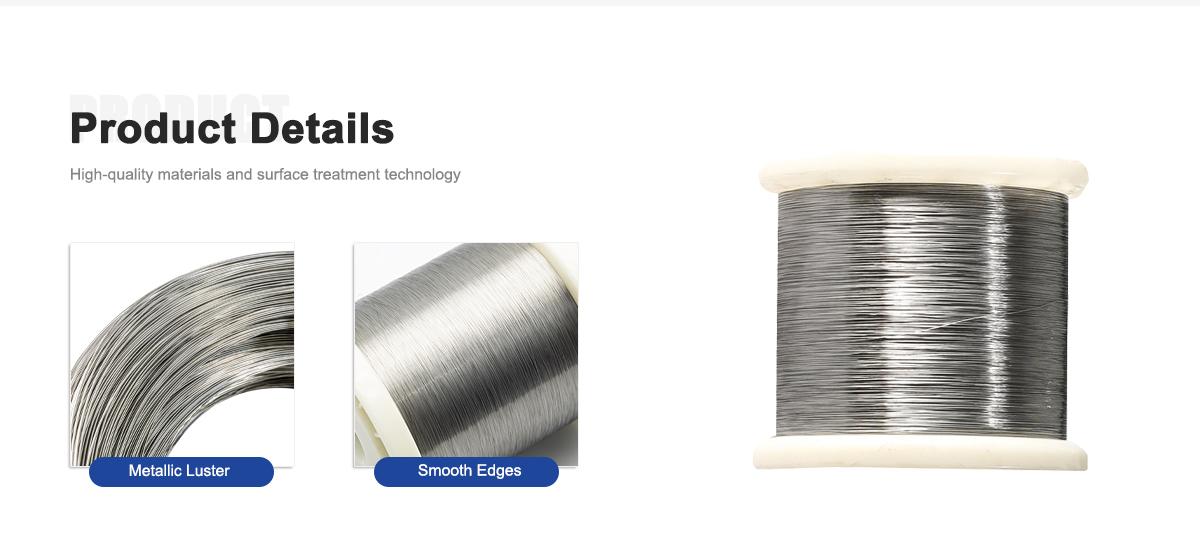
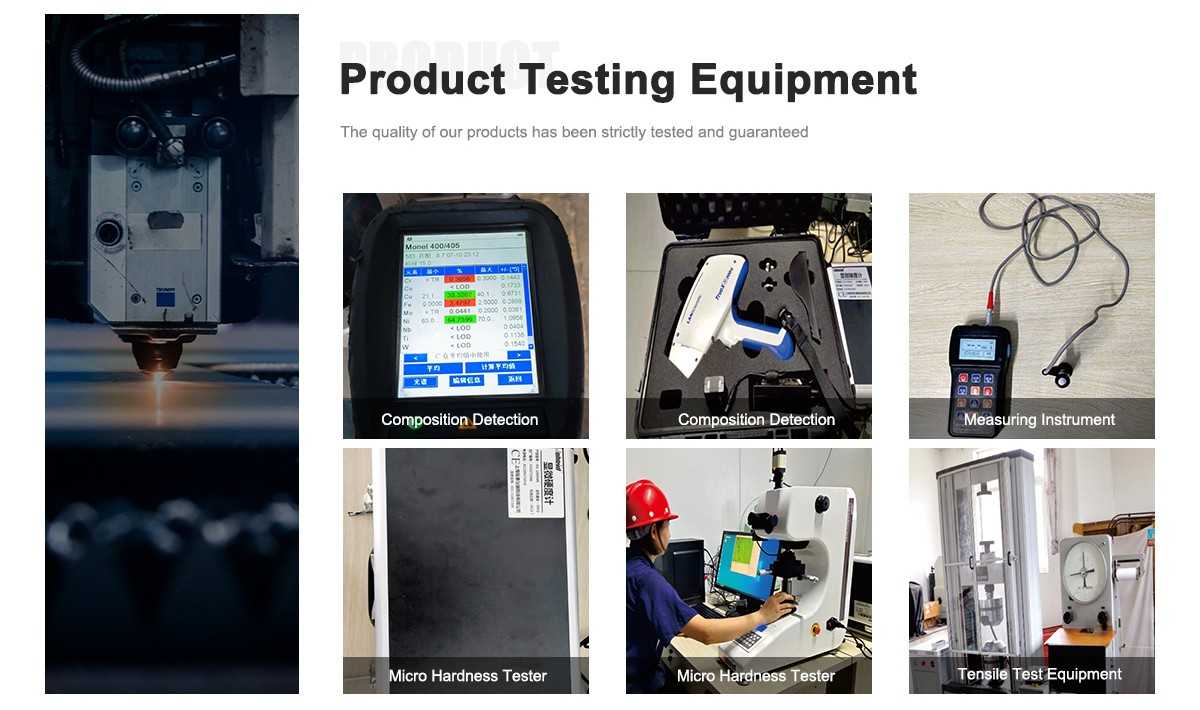
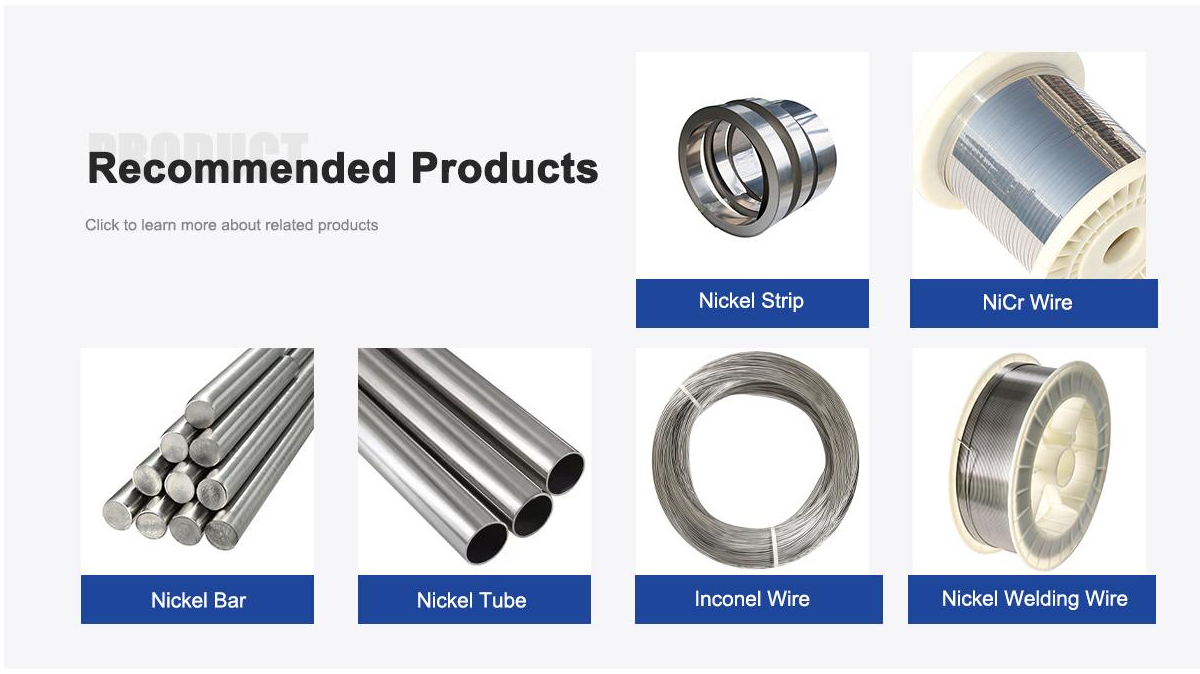
About Us:
Our 12,000㎡ factory is equipped with complete capabilities for research, production, testing, and packaging. We strictly adhere to ISO 9001 standards in our production processes, with an annual output of 1,200 tons. This ensures that we meet both quantity and quality demands. Furthermore, all products undergo rigorous simulated environment testing including high temperature, high pressure, and corrosion tests before being dispatched, ensuring they meet customer specifications.
For all our clients, we offer timely and multilingual after-sales support and technical consulting, helping you resolve any issues swiftly and efficiently.
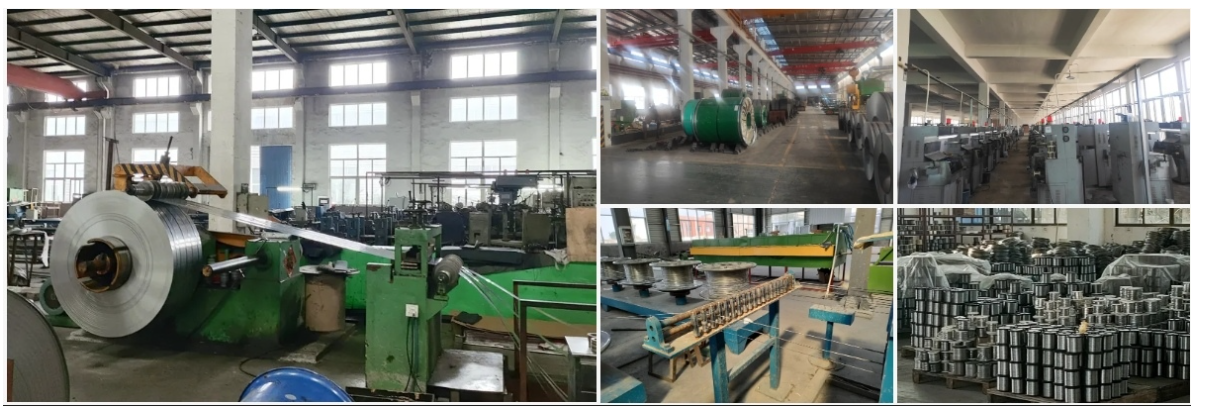
Client Visits
Building Stronger Partnerships
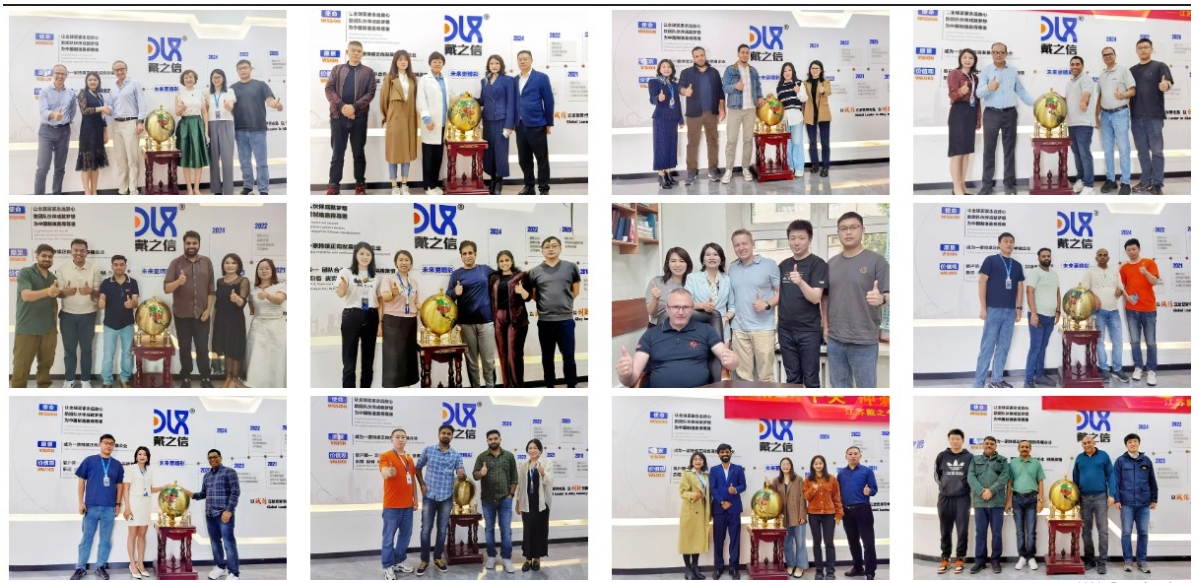
We support all kinds of testing:
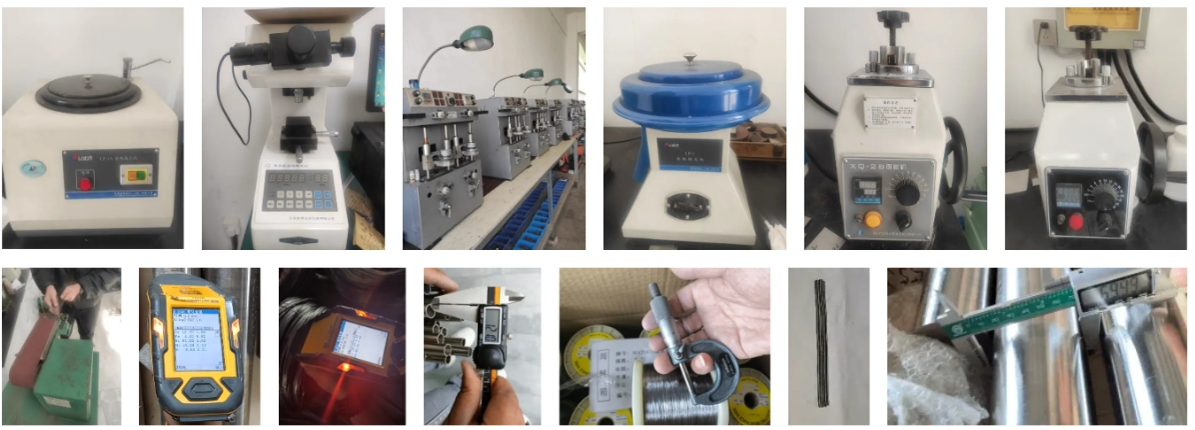
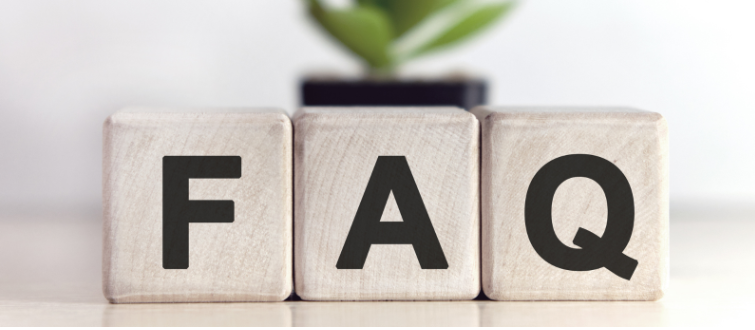
FAQs:
What is Monel K500 wire made of?
Monel K500 is a nickel-copper alloy with approximately 65% nickel, 30% copper, and added aluminum and titanium for enhanced strength.What are the key properties of Monel K500 wire?
It offers high tensile strength (up to 160 ksi), excellent corrosion resistance, non-magnetic properties, and durability from -200°F to 1200°F.What marine applications use Monel K500 wire?
It’s used in propeller shafts, marine fasteners, and anchor cables due to its strength and resistance to seawater corrosion.How does Monel K500 wire perform in harsh environments?
It resists pitting, crevice corrosion, and stress corrosion cracking in saltwater, making it ideal for offshore platforms and shipbuilding.What industry trends are boosting demand for Monel K500 wire?
Rising offshore wind energy projects, increased deep-sea exploration, and stricter marine environmental standards drive its popularity.Is Monel K500 wire suitable for high-stress applications?
Yes, its high yield strength (up to 110 ksi) and fatigue resistance make it perfect for heavy-duty marine and industrial uses.How is Monel K500 wire processed for specific needs?
It can be cold-drawn, annealed, or age-hardened to achieve desired diameters and tensile properties for custom applications.What makes Monel K500 wire different from Monel 400?
Monel K500 has added aluminum and titanium, providing higher strength and hardness while maintaining similar corrosion resistance.
